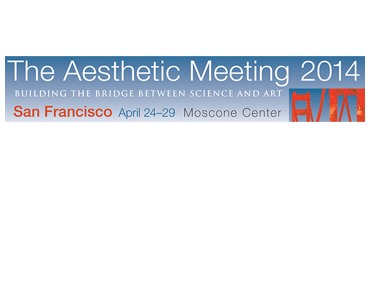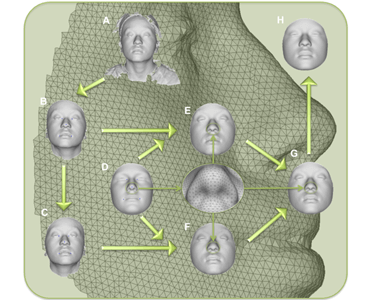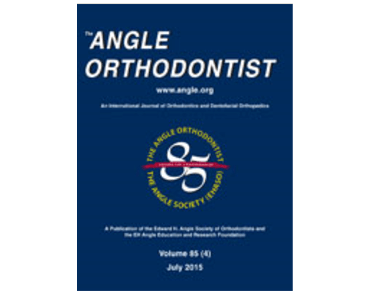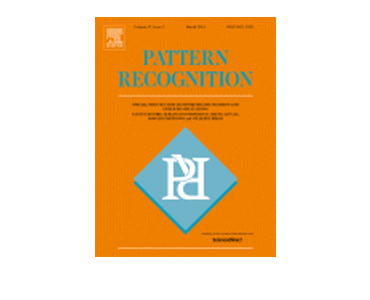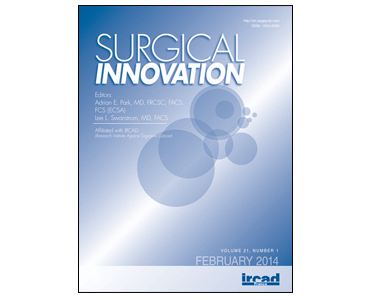Reliability of Nasolabial Anthropometric Measures Using Three-Dimensional Stereophotogrammetry in Infants with Unrepaired Unilateral Cleft Lip. R Tse, L Booth, K Keys, B Saltzman, E Stuhaug, H Kapadia, C Heike.
Date: April 2014 Source: Plastic & Reconstructive Surgery, Journal of the American Society of Plastic Surgery, Volume 133, Issue 4, p 530e–542e. Background: Surgical and orthodontic treatment of unilateral cleft lip +/– palate can produce dramatic changes in nasolabial form; however, the lack of ideal methods with which to objectively document three-dimensional form limits the…


